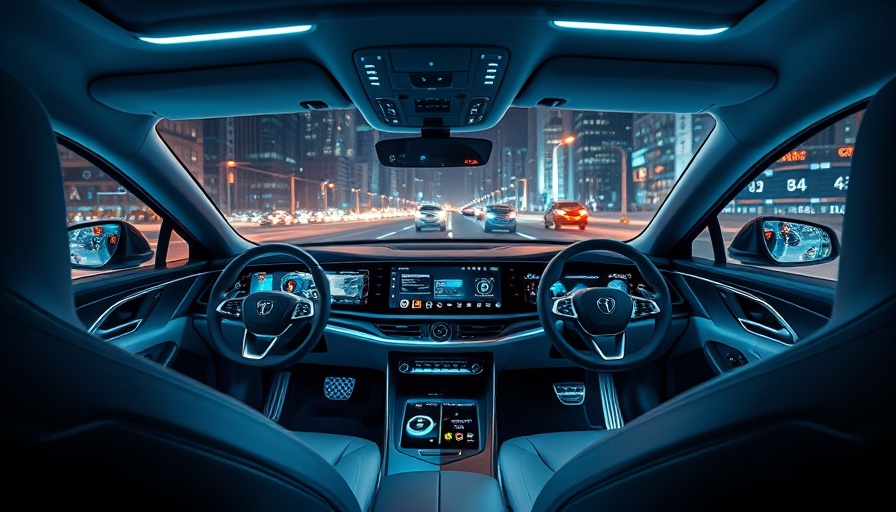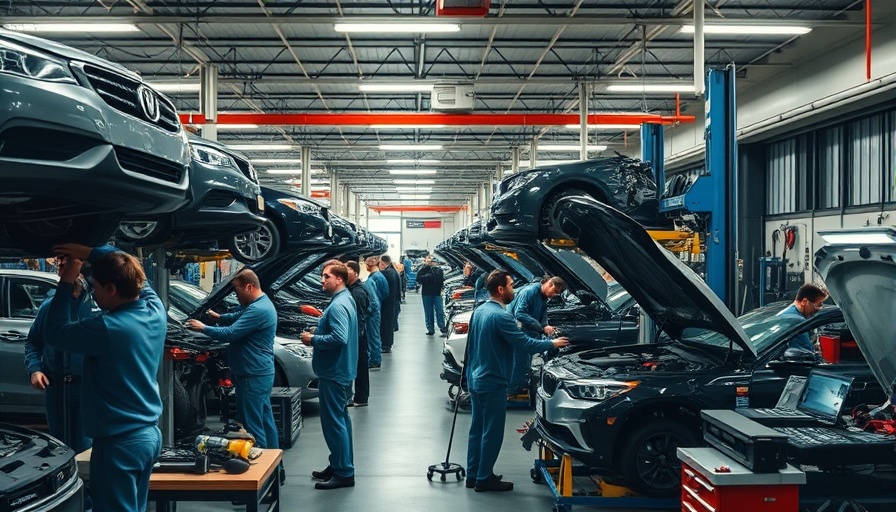
The Game-Changing Role of AI in Automotive
At CES 2025, the automotive landscape witnessed a pivotal transformation as OEMs began integrating AI-powered in-cabin sensing with software-defined vehicle (SDV) technologies. With the impending enforcement of regulations like the EU’s Advanced Driver Distraction Warning (ADDW), automakers are not just meeting compliance— they are discovering new monetization avenues. Using advanced technologies such as infrared and RGB cameras, these manufacturers are enhancing not only safety measures but also user experiences within vehicles.
Personalization and Advanced Monitoring
In the diverse conversations at CES, discussions about various strategies for enhancing user engagement through technology were prevalent. One standout feature is AI-driven personalization. Not simply a tool for compliance, in-cabin technologies are evolving to provide tailored experiences for drivers and their passengers. For instance, advanced driver monitoring systems (DMS) are being extended to identify driver profiles and adjust in-cabin settings accordingly. AI tools can now recognize facial expressions, alertness levels, and even emotional states, enhancing safety and comfort.
Challenges of Occupancy Monitoring Systems
Occupancy Monitoring Systems (OMS) emerged as another fascinating topic. Unlike DMS—which is often legally mandated—OMS presents unique challenges due to existing technology constraints. The introduction of near-infrared and RGB camera systems for OMS may lower costs, but they face obstacles, such as obstructions that can impede their effectiveness. This highlighted a significant need for industry innovations to overcome these barriers to data collection and analysis, ensuring comprehensive monitoring for better passenger safety.
Radar Technologies: A New Frontier
Radar technology has shown significant promise in the realm of in-cabin sensing, allowing for continuous physiological monitoring of occupants, such as heart and respiration rates—a crucial advancement for health and safety. Despite its higher cost compared to camera systems, as seen with Tesla's deployment of radar in its Model Y, this technology represents a groundbreaking shift towards proactive safety measures in vehicles, including child detection in rear seats.
The Evolving Future of Mobility
The integration of these sophisticated technologies highlights a broad shift in how we approach vehicle design and consumer expectations. Automakers are focusing more on personalized experiences that are anchored in robust data analytics. This trend illustrates the importance of staying informed about these developments, especially for those seeking to maintain or modify their vehicles' capabilities through automotive maintenance.
As we delve deeper into the era of smart vehicles, understanding the evolving landscape of in-cabin sensing technologies will be essential for both consumers and industry professionals.
 Add Row
Add Row  Add
Add 




Write A Comment